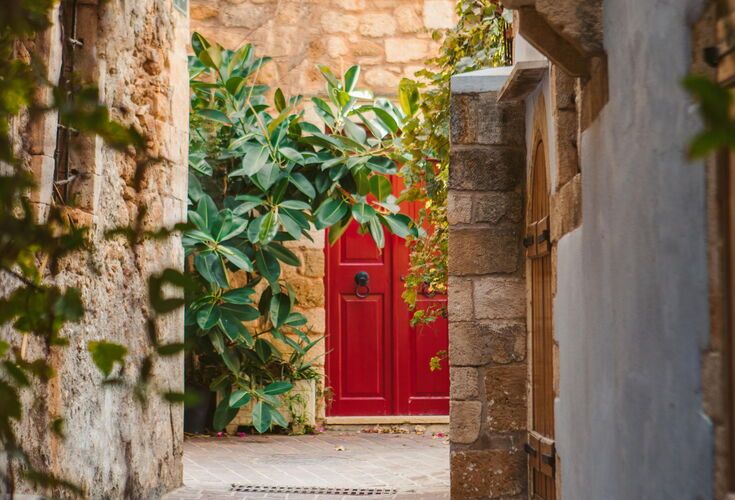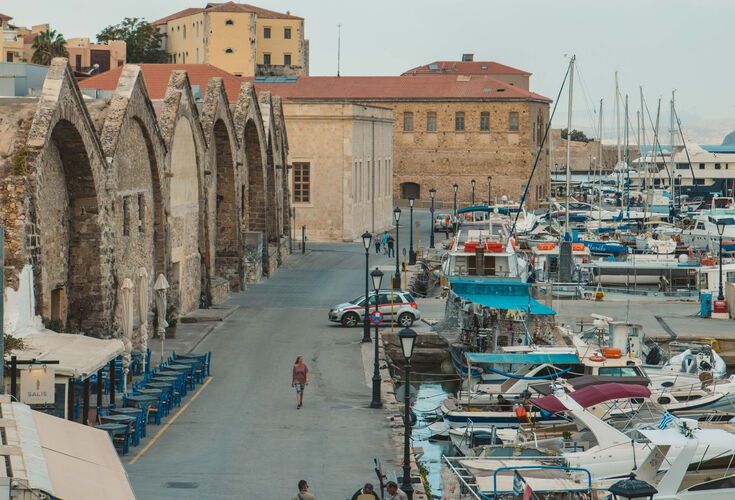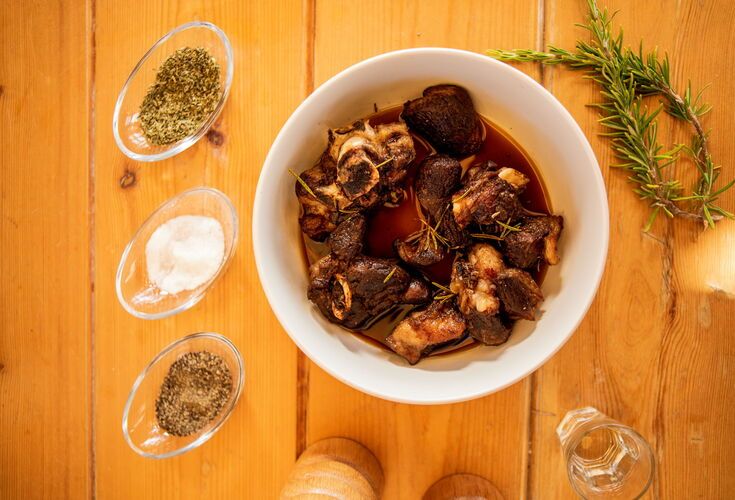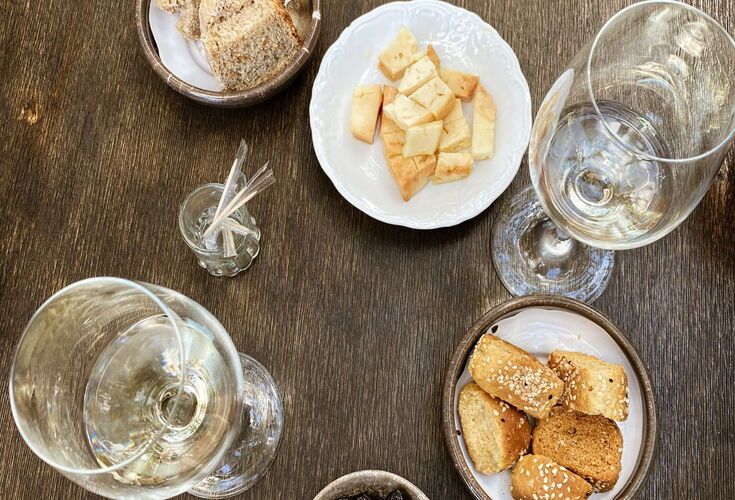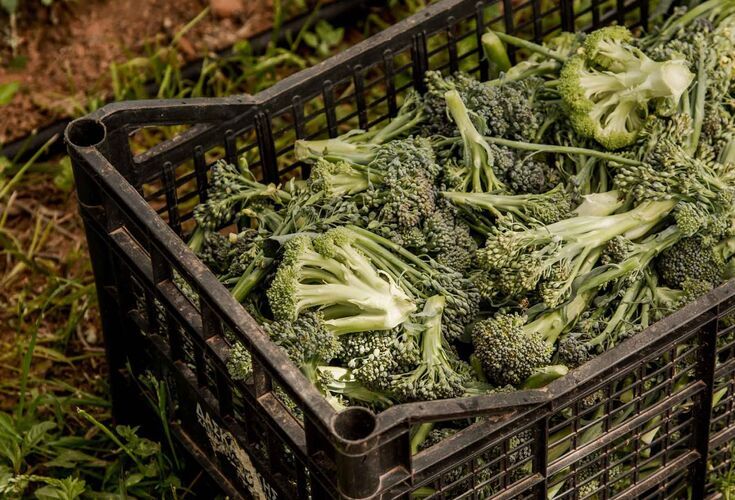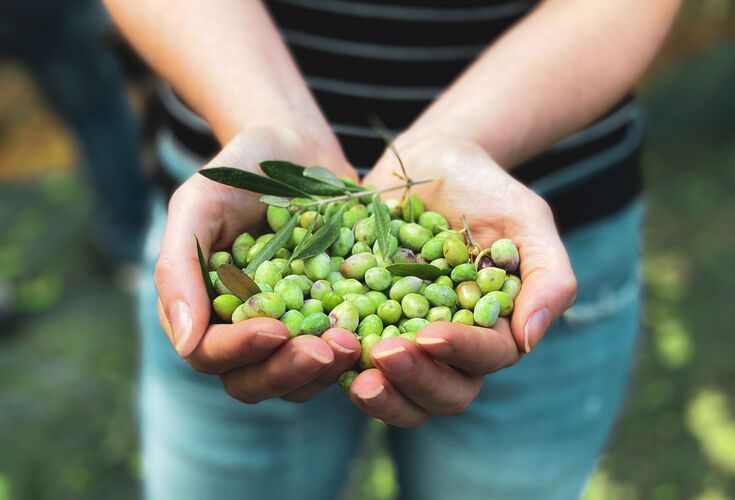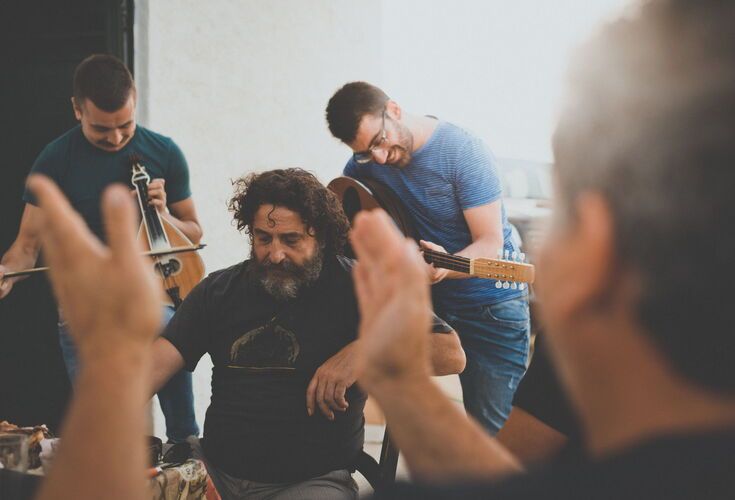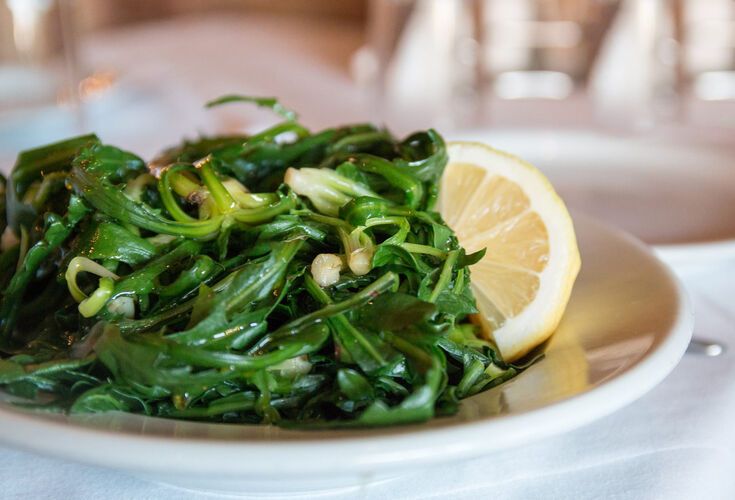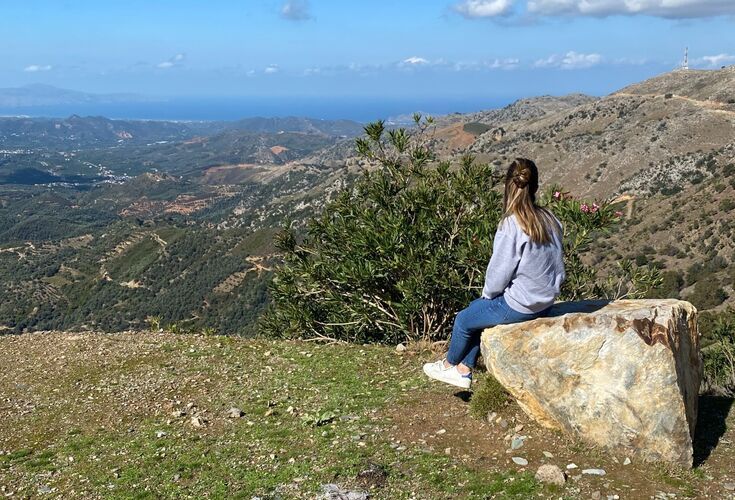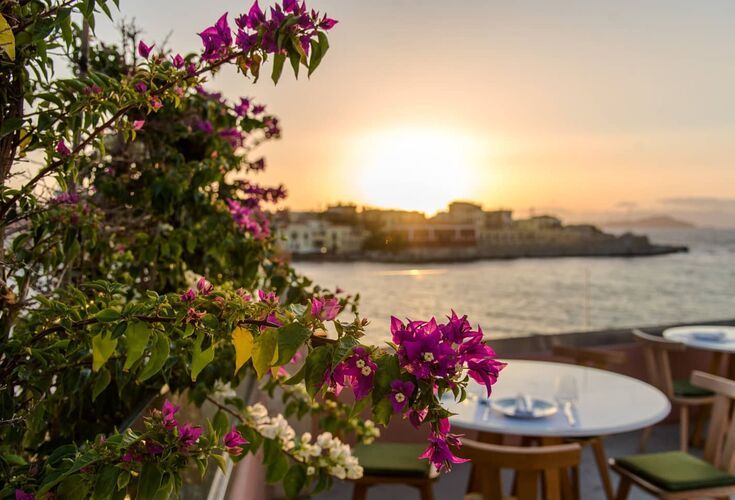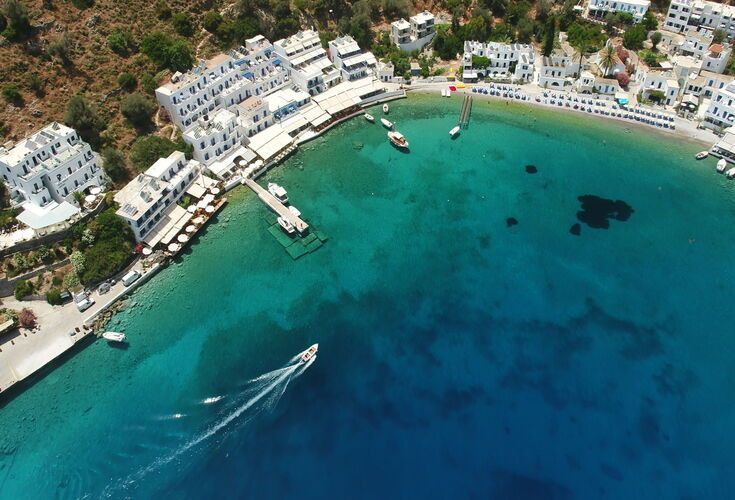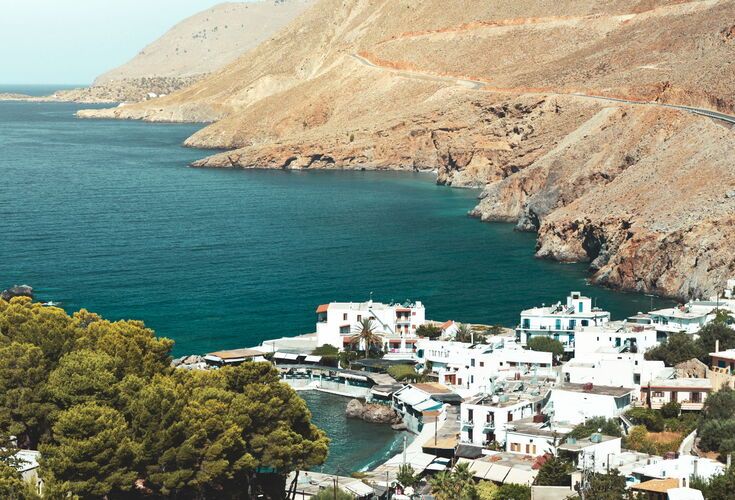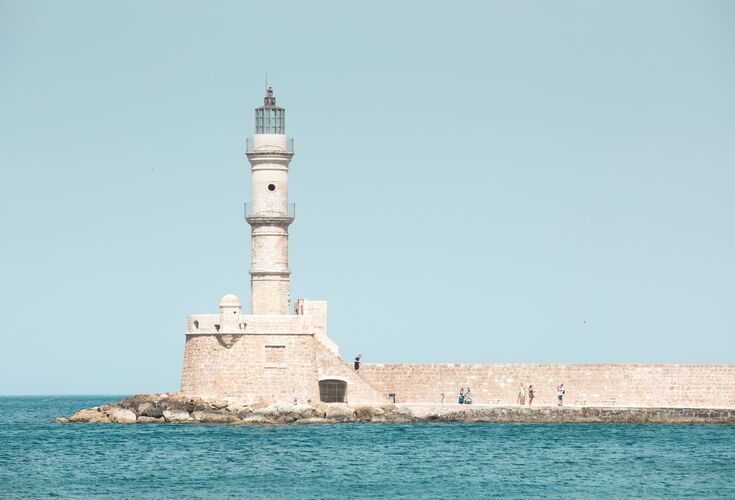Enjoy our season-extending road trip in Chania on an itinerary where culture, food and village life take centre stage
Many of Chania’s most memorable experiences are saved for the quieter months when holidays become even more personal and highlights beyond the region’s famous beaches can shine. From exploring the city’s Old Town and immersing yourself in Crete's famous olive oil, wine and raki traditions to learning how to cook like a local and going on an off-road excursion into the White Mountains, you’ll discover what it means to live in this cherished part of Greece. So buckle up for a 5-day itinerary of Chania that celebrates all the late-summer and autumn highlights.
As an itinerary that’s been road-tested by Discover Greece, we’ve included the restaurants and experience providers that supported our journey – although there are, of course, plenty of alternatives out there. The road trip is designed to be enjoyed best during the grape or olive harvests, in late summer an autumn, but you can incorporate any part of it into your summer holiday in Chania and extend or adapt it around your interests.
